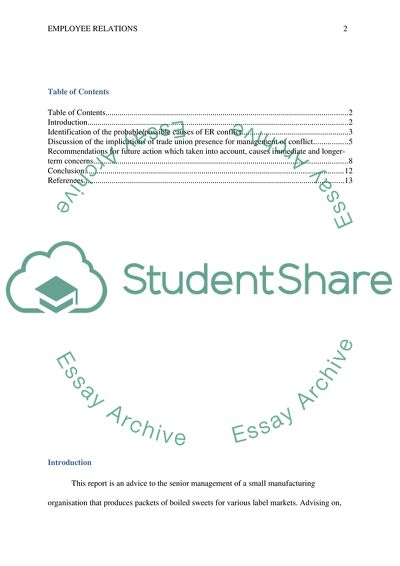Cite this document
(“Identification of the Probable Causes of ER Conflict Term Paper”, n.d.)
Identification of the Probable Causes of ER Conflict Term Paper. Retrieved from https://studentshare.org/human-resources/1772799-human-resources-managment
Identification of the Probable Causes of ER Conflict Term Paper. Retrieved from https://studentshare.org/human-resources/1772799-human-resources-managment
(Identification of the Probable Causes of ER Conflict Term Paper)
Identification of the Probable Causes of ER Conflict Term Paper. https://studentshare.org/human-resources/1772799-human-resources-managment.
Identification of the Probable Causes of ER Conflict Term Paper. https://studentshare.org/human-resources/1772799-human-resources-managment.
“Identification of the Probable Causes of ER Conflict Term Paper”, n.d. https://studentshare.org/human-resources/1772799-human-resources-managment.


